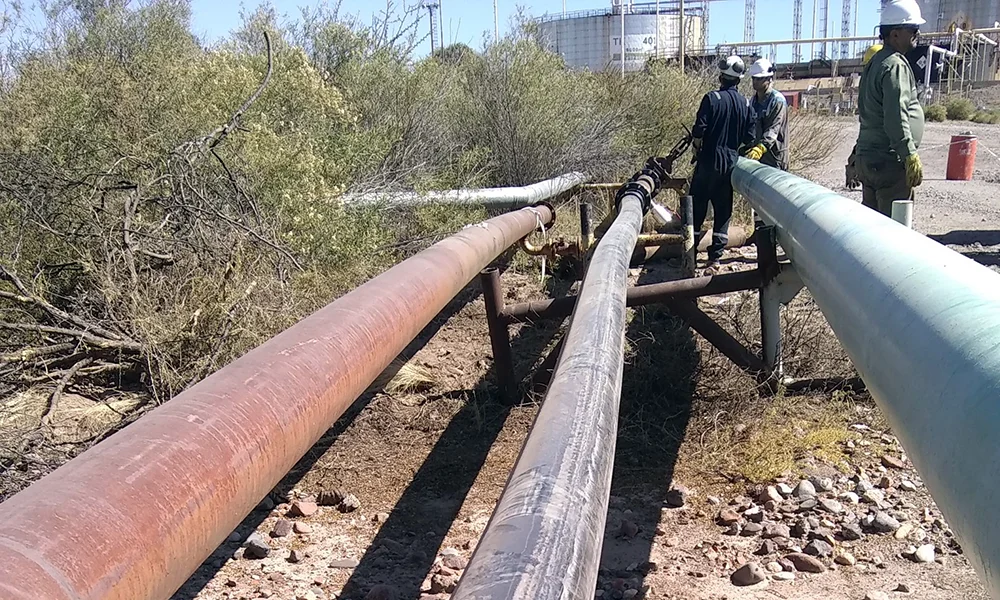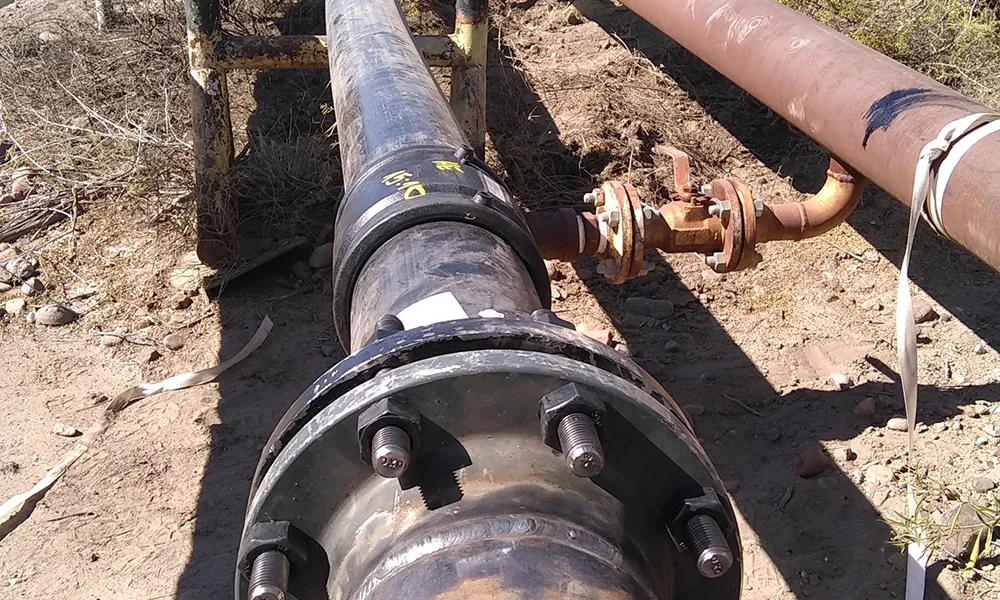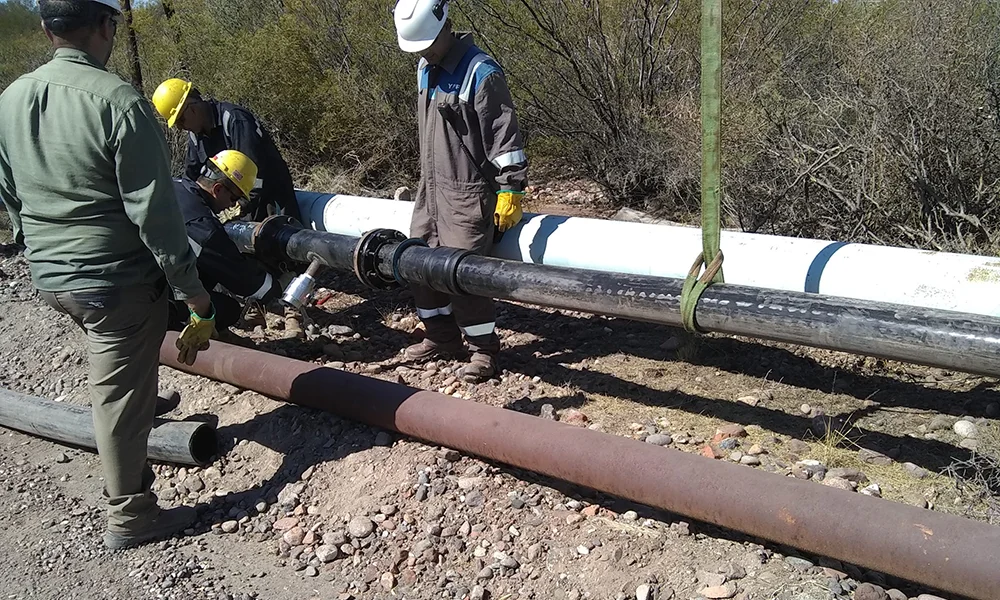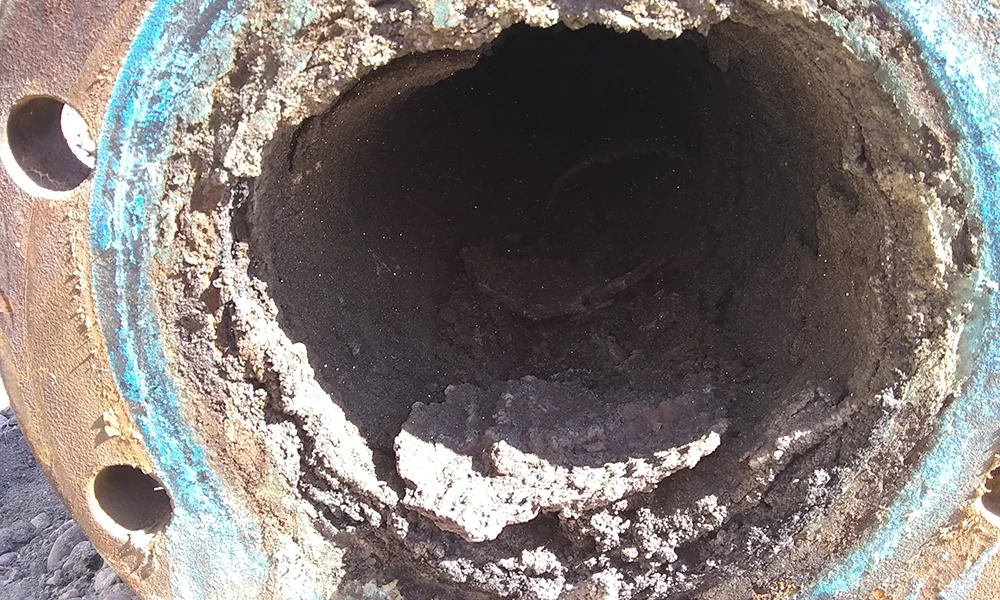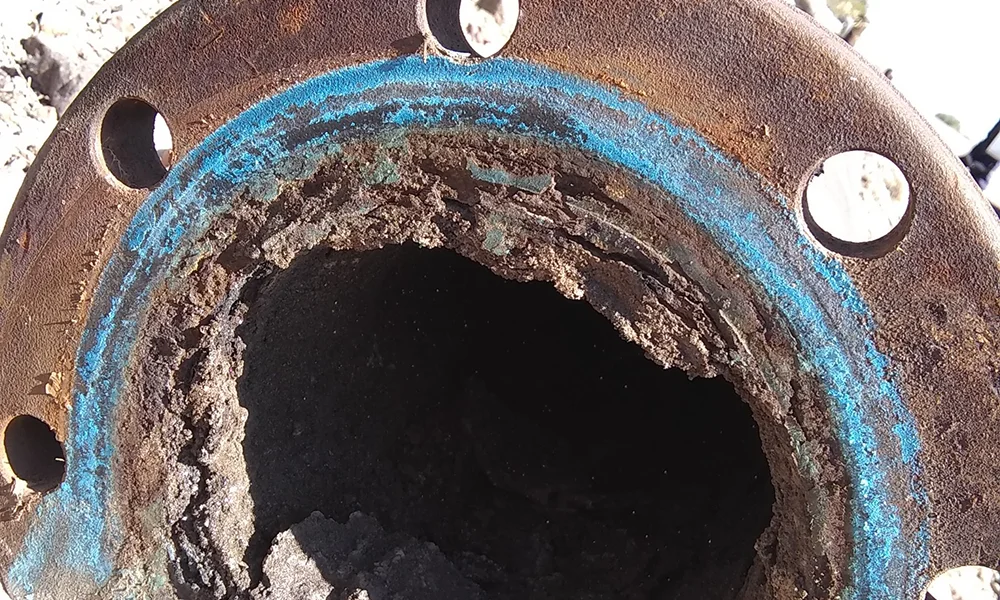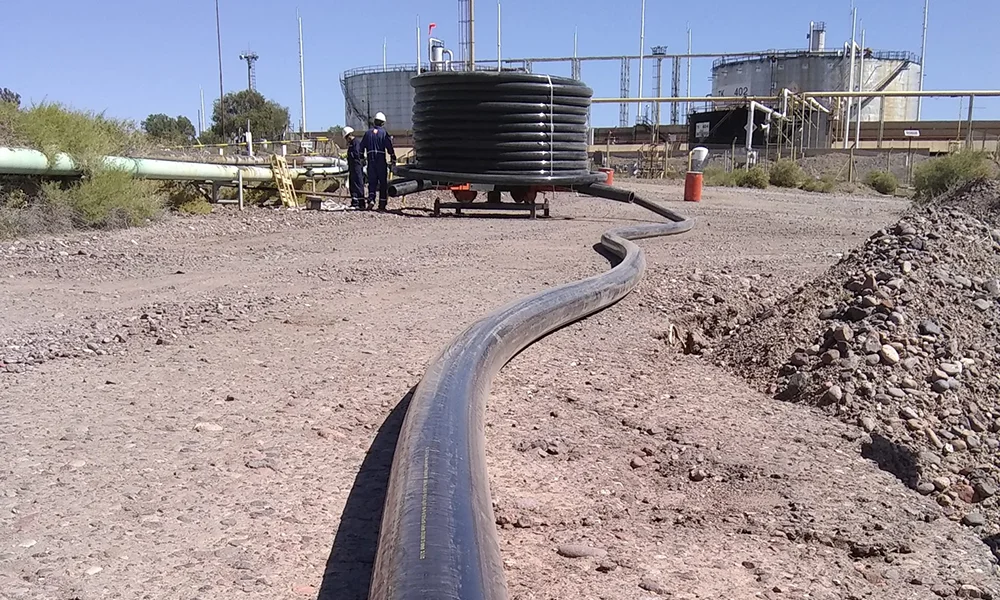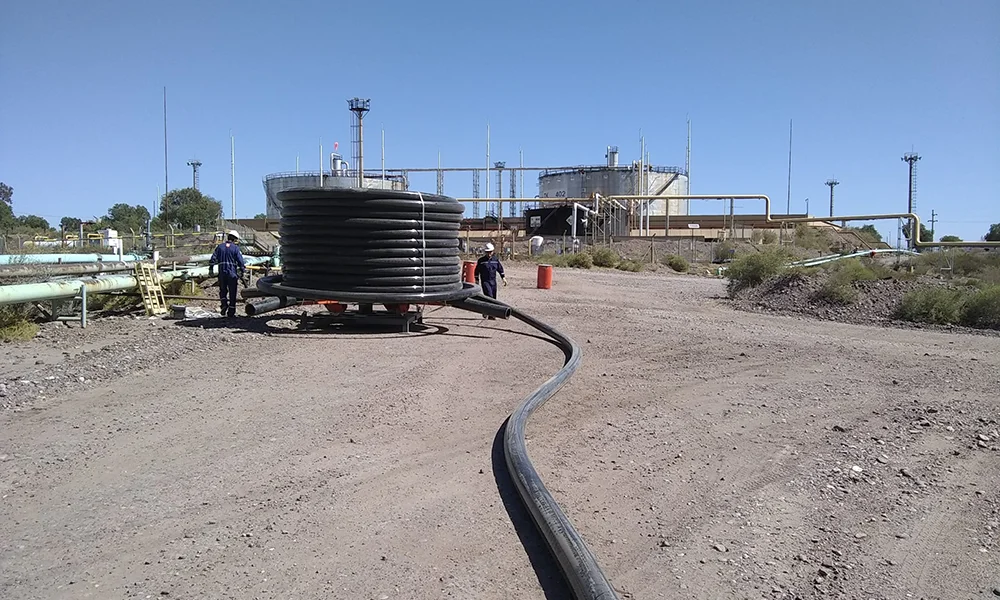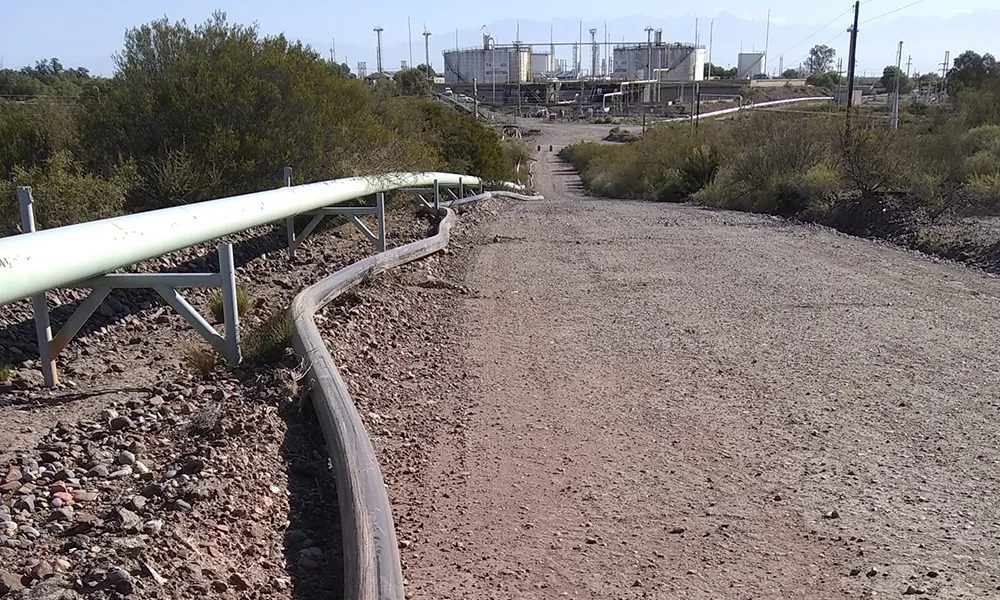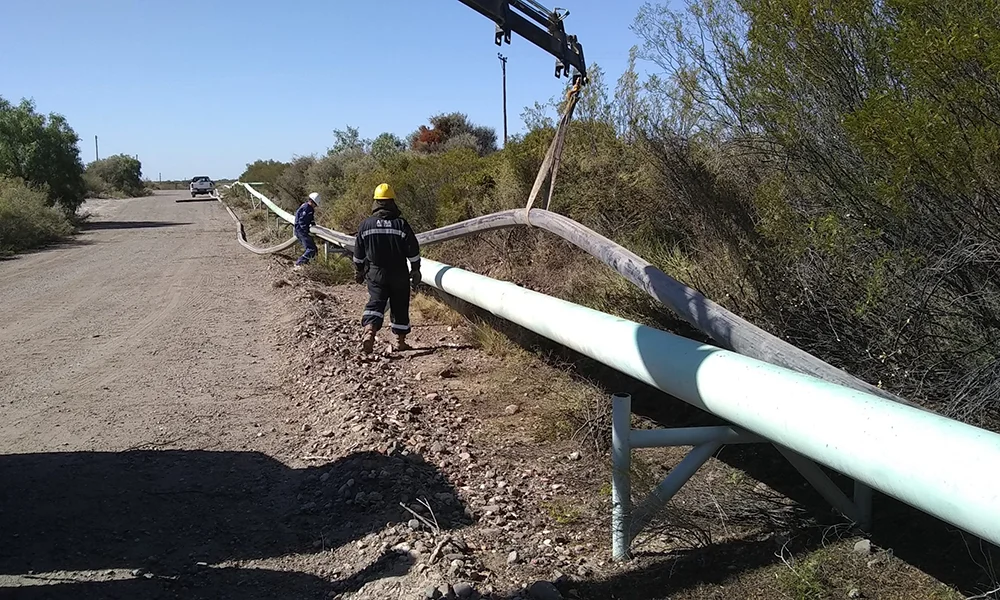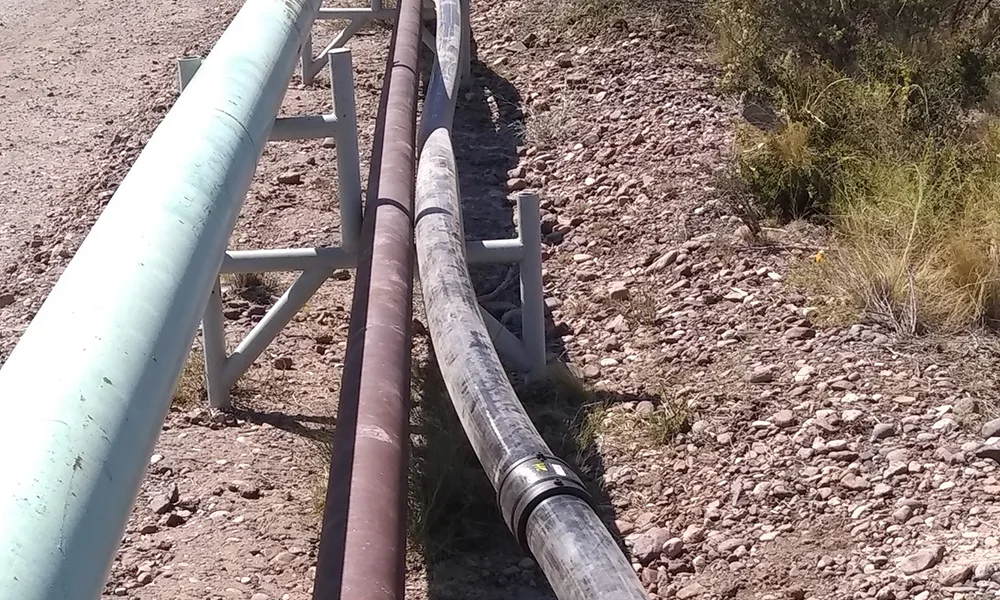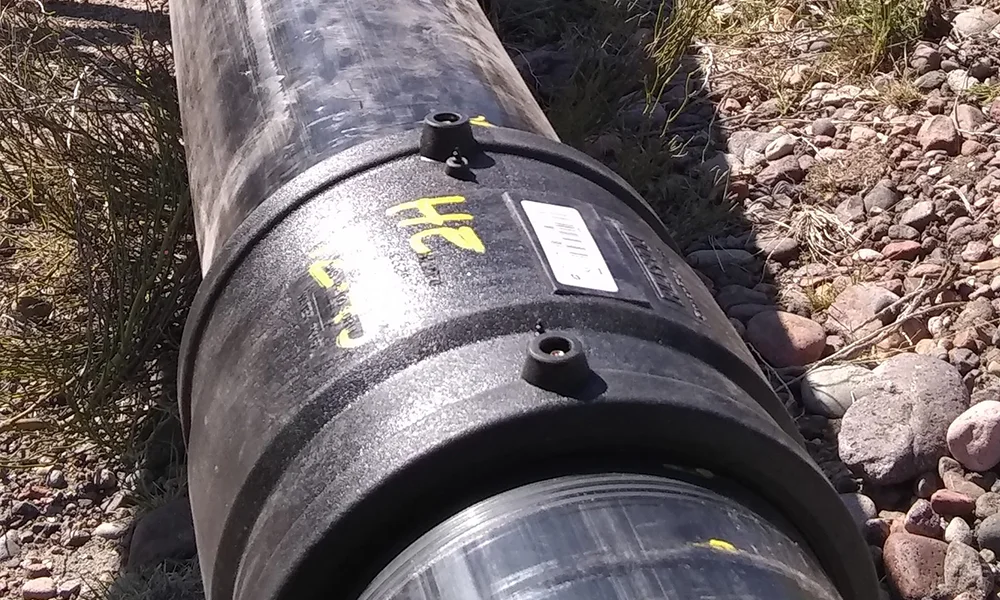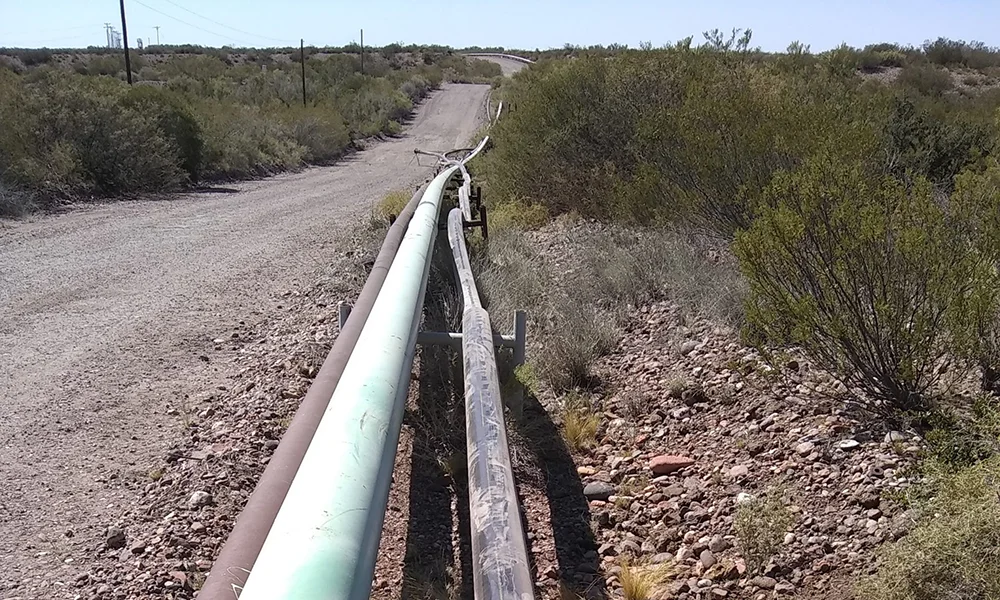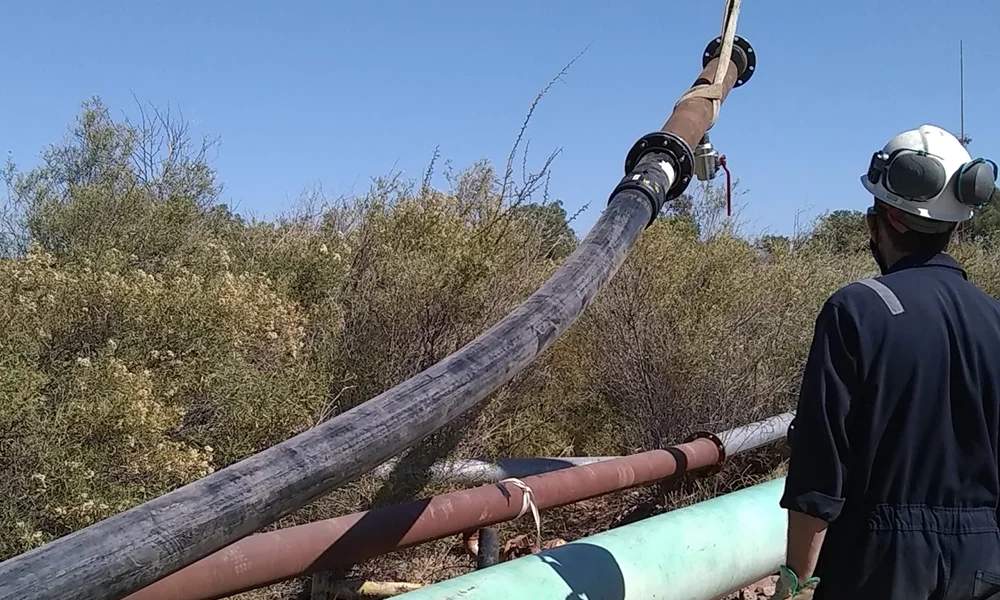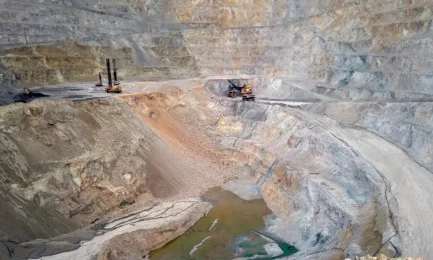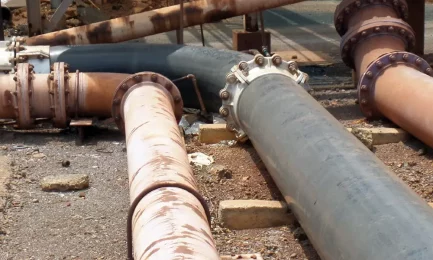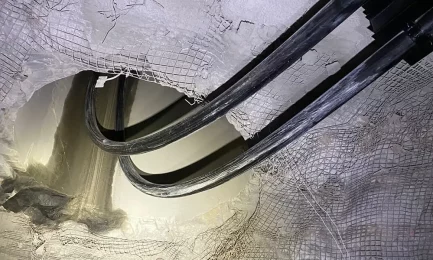Natural Gas Transportation with Pexgol
Replacement of Carbon Steel Pipes with Pexgol for the Transportation of Natural Gas.
Estudo de Caso Nº
110
Cliente
|
Condições de Trabalho
Solução Pexgol
Aplicação
Comprimento
Categorias
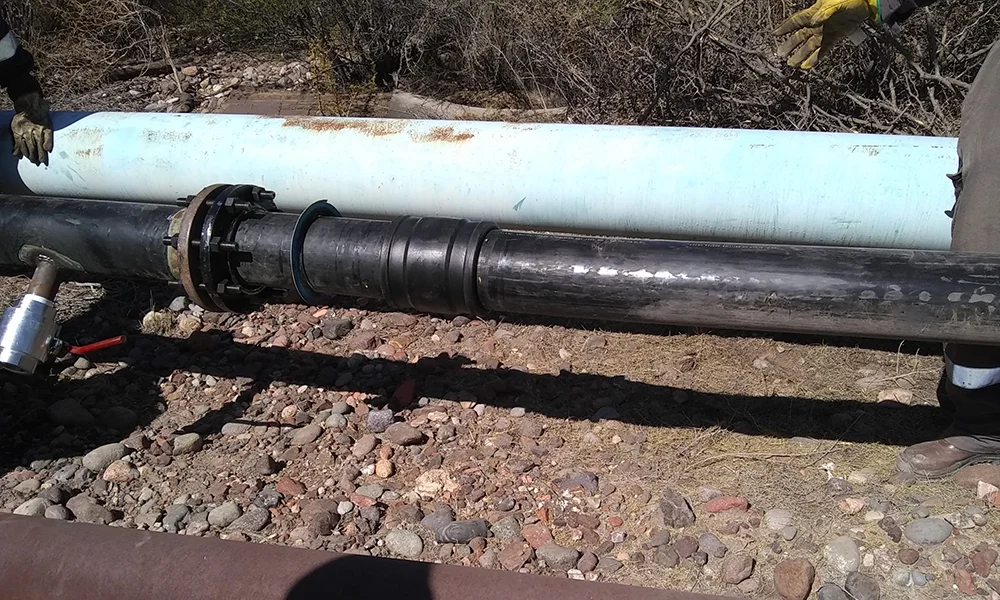
The Challenge
YPF is an Argentine energy company dedicated to the exploration, exploitation, distillation, distribution and production of electricity, gas, oil and other products related to the industry.
In its Vacas Muertas oil field, province of Mendoza (Argentina), the company had to replace 600 meters of carbon steel pipe, located between the crude oil treatment plant (PTC) and the gas compression plant. Over time, the section had reduced its internal diameter at different points of the trace, due to encrustations caused by corrosion and deposits resulting from humid gas condensation. This reduced the gas flow, and there was a risk of reaching a total obstruction of the flow.
As it is a continuous process, which does not allow accumulation of gas, it was necessary to carry out the work as quickly as possible with the shortest time of interruption of the flow to the gas plant.
Pexgol Solution
It was decided to install Pexgol pipes, which allow a quick installation and with the minimum amount of resources. This way, the corrosion process will be avoided, as well as the accumulation of scale due to the low absolute roughness of the internal walls of Pexgol pipes, allowing a continuous flow without obstructions over time.
The installation was completed with 3 coil of Pexgol 160 mm Class 10 pipe, the joints were made with electrofusion couplings, and the steel transitions with Pexgol flaring (stub-ends).
The installation was carried out in two working days, aerially on existing trestles, and with a minimum interruption of the process. The resources used were minimal: 3 operators with an uncoiler, a hydrocrane and a backhoe. The replacement with carbon steel would have taken a month with the company’s operational resources, and with a total cost 6 times higher than that required for the materials and installation with Pexgol pipes.
Estudos de Caso Relacionados
Transport of Silica Arena: HDPE vs Pexgol
|
Palm Oil: Transport of Leached Mud
|
Open Cast Mine Dewatering
|
Overcoming Geotechnical Challenges with Pexgol at Media Luna
|
